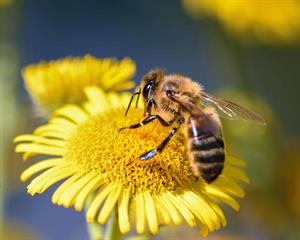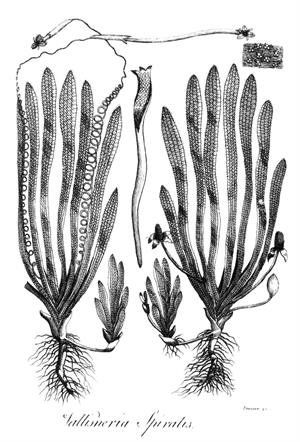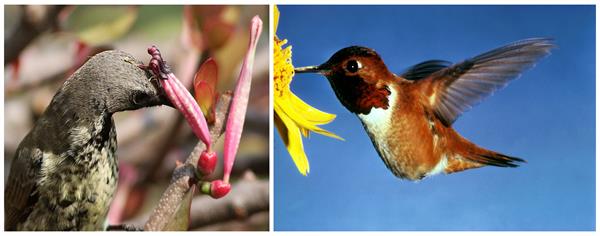
PUMPA - SMART LEARNING
எங்கள் ஆசிரியர்களுடன் 1-ஆன்-1 ஆலோசனை நேரத்தைப் பெறுங்கள். டாப்பர் ஆவதற்கு நாங்கள் பயிற்சி அளிப்போம்
Book Free DemoCross-pollination occurs only when a pollen grain is transferred from one flower to another by means of agents.
Some of the pollinating agents are animals, insects, wind and water.
Pollination by wind:
The pollination which occurs by means of wind is known as anemophily, and such flowers are known as anemophilous flowers.
- The anemophilous flowers produce massive amounts of pollen grains.
- The pollen grains of these flowers are small, smooth, dry and light in weight.
- The pollen grains of such flowers can travel a distance of more than 1000\ Km.
- The stigmas of the flowers are comparatively large, protruding and sometimes hairy to trap the pollen grains.
Example:
Maple seeds and drumstick seeds (have wings), while the Madar or aak seeds (contains hairs). Seeds of grasses, cacti and orchids are small and light.

From left to right: Madar seeds, Maple seeds and Drumstick seeds
Pollination by insects:
The pollination that occurs by means of insects is known as entomophily.

Pollination by insects
Important!
These flowers are vividly coloured, smell good, and offer nectar to attract insects.
The pollen grains are bigger, and the exine is pitted, spiny, and other characteristics allow them to attach firmly to the sticky stigma. Honey bees carry out around 80% of the pollination performed by insects.
Pollination by water:
The type of pollination which occurs with the help of water is known as hydrophily.
It takes place in aquatic plants.
- In such plants, pollen grains are produced in large numbers.
- Pollen grains float on the water's surface until they land on the stigma of female flowers.
- It is seen in plants such as Hydrilla and Vallisneria.

Pollination by water
Pollination by animals:
The pollination that takes place with the help of animals is known as Zoophily. The flowers of such types of plants attract animals by their bright colours, sizes, scent and so on.

Pollination by animals
Reference:
https://en.wikipedia.org/wiki/Hydrophily#/media/File:Vallisneria_spiralis_Erasmus_Darwin_1789.jpg
https://upload.wikimedia.org/wikipedia/commons/9/97/Selasphorus_rufus1.jpg
https://commons.wikimedia.org/wiki/File:Amethyst_sunbird,_Chalcomitra_amethystina,_female_at_Kloofendal_Nature_Reserve,_Johannesburg,_South_Africa_(21354148246),_crop.jpg